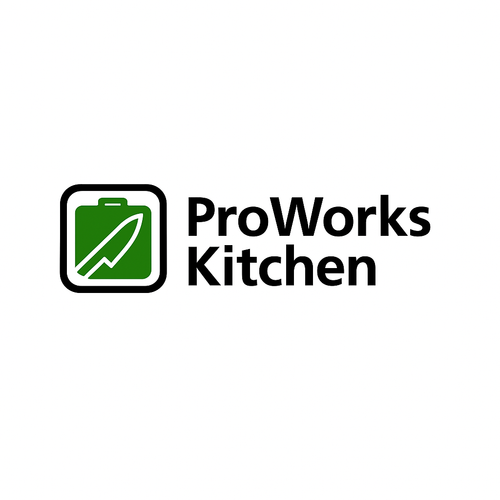Most people don’t realize it, but every time you use a plastic cutting board, you might be ingesting microplastics—tiny particles of plastic that break off as you chop and slice. These microplastics can end up in your food, potentially leading to serious health risks. But how much microplastic are you actually consuming, and what can you do about it?
The Microplastic Problem in Plastic Cutting Boards
Plastic cutting boards are made of polyethylene or polypropylene, both of which are prone to shedding tiny particles when cut into. These small pieces of plastic don’t just stay on the surface—they often end up in your food. Every time you slice through a plastic cutting board, microscopic bits of plastic can break off and mix with whatever you’re chopping. While you may not see them, these particles can accumulate over time, leading to health concerns.
How Much Microplastic Is in Your Food?
Recent studies suggest that the average person could consume 10 credit cards worth of microplastics every year, much of it from everyday items like plastic cutting boards. While plastic is an essential part of modern life, it’s concerning that we may unknowingly consume large amounts of it, especially when it comes from items we use to prepare food. These microplastics can end up in your digestive system, potentially causing inflammation, digestive issues, and more.
The Health Risks of Microplastic Ingestion
Although the full effects of microplastics on human health are still being studied, they have already been linked to several negative impacts:
- Digestive system issues: Microplastics can irritate the intestines, potentially leading to long-term digestive problems.
- Hormonal disruptions: Some plastics contain chemicals that can mimic hormones and disrupt the endocrine system, leading to potential reproductive and metabolic issues.
- Toxic buildup: Microplastics can accumulate in your body over time, potentially causing damage to organs.
What’s the Safer Alternative?
If you’re concerned about microplastics, stainless steel and titanium cutting boards are the safe alternatives you need. 304 stainless steel and 99.8% pure titanium are non-porous materials that don’t shed particles or absorb food. They provide a clean, hygienic surface for cutting that won’t contaminate your food with harmful substances. These materials are also incredibly durable, meaning you won’t have to replace them frequently like plastic boards.
Why Choose Stainless Steel or Titanium?
- No microplastics: Stainless steel and titanium do not shed plastic particles into your food.
- Hygienic: These materials are easy to clean and sanitize, keeping your kitchen free from bacteria.
- Knife preservation: Unlike plastic, stainless steel and titanium don’t dull your knives as quickly.
- Sustainability: Both materials are durable and long-lasting, making them a more eco-friendly choice in the long run.
